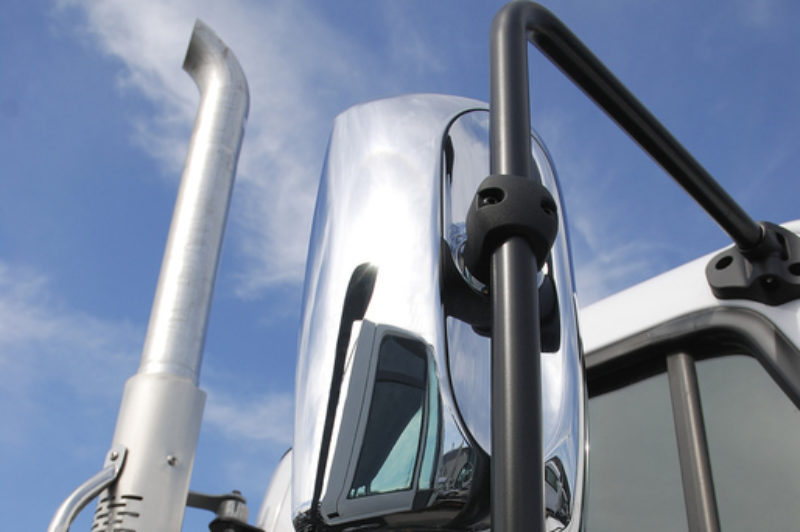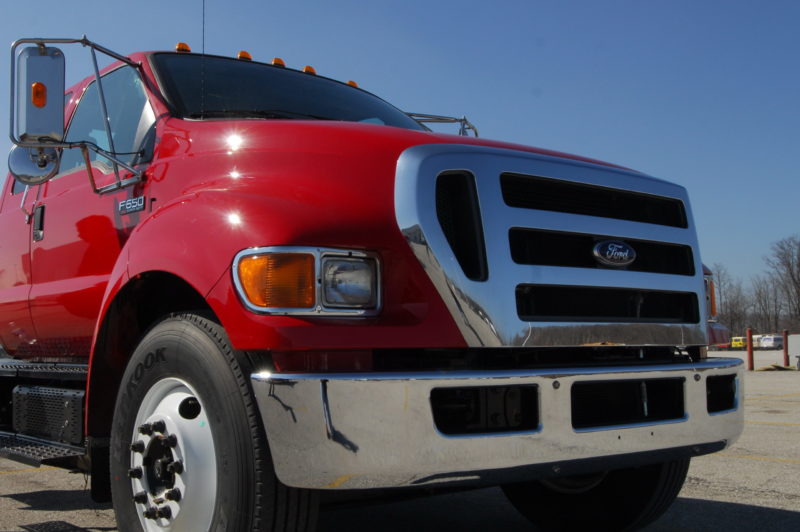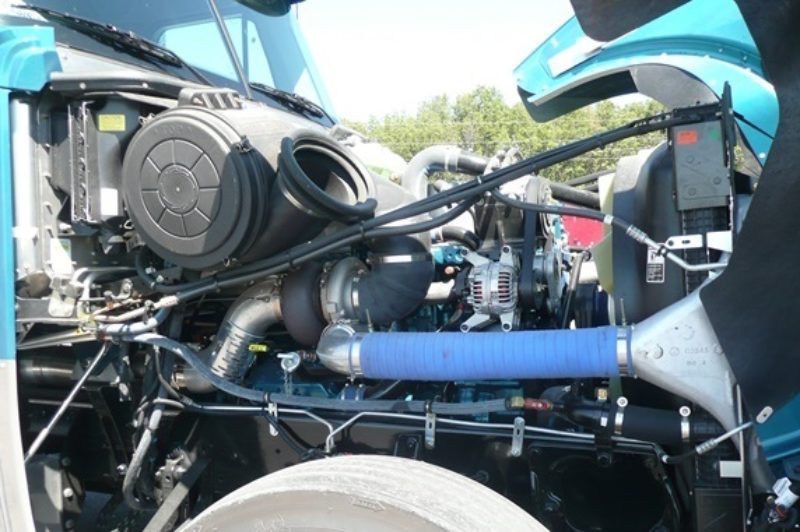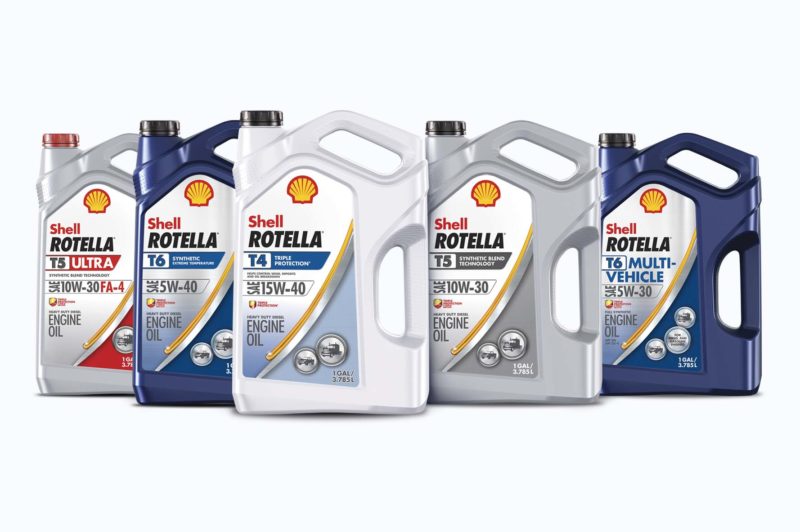
greenhouse gases


Dirty Secrets: Carriers call for emissions crackdown
TORONTO, Ont. -- Clean air comes at a cost, and it involves the emissions-related changes to exhaust systems and engines, sometimes introducing added maintenance costs and reduced fuel economy in the process. That’s led to one of the trucking industry’s worst-kept dirty secrets. Many truck owners are reprogramming electronic control modules to bypass SCR (selective catalytic reduction) systems, which reduce unwanted NOx by introducing diesel exhaust fluid to the combustion process.




New engine oil categories making the grade
SANTA BARBARA, CA - A new generation of engine oils is in the North American market, passing a battery of tests developed for specific engine brands. But the work of convincing buyers about related features and benefits continues. The transition from CJ-4 to CK-4 and fuel-efficient FA-4 categories has essentially been seamless, says Dan Arcy, Shell Lubricants' global OEM technical manager, referring to formulas that were officially released in December. The chemistry was driven by ongoing calls for longer drain intervals, better fuel economy, lower emissions, and increasing horsepower, after all. And these are hardly the engine oils that have flowed through pumps in years gone by. Oxidation stability had to improve to handle higher under-hood temperatures. When oil oxidizes, it becomes acidic and thickens, Arcy explained during a media briefing in California this week. At the very least, that shortens potential oil drain intervals.
Canadian equipment prices to rise with emission rules
OTTAWA, ON - The federal government has published its plans for new Greenhouse Gas limits that will apply to 2018-29 Model Year equipment, effectively mirroring changes introduced by the U.S. Environmental Protection Agency (EPA). The required upgrades will cost Canada's trucking industry an extra $4.1 billion, but save $10.3 billion in fuel, according to the Department of the Environment. When considering the overall lifespan of the affected vehicles, net benefits are expected to reach $8.8 billion between 2018 and 2050. The upgrades are projected to add 8% to the cost of a typical 2027 Model Year tractor, or $11,322. Vocational vehicles in the same model year will cost an extra 4%, or $4,369. Trailers - introduced in emissions standards for the first time beginning with the 2018 Model Year - will see an average 4% price bump on 2027 models. That will be up $1,237. Heavy-duty pickup trucks and vans, meanwhile, will see price tags increase an average of 3% or $1,324 per vehicle.